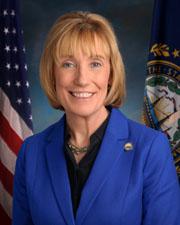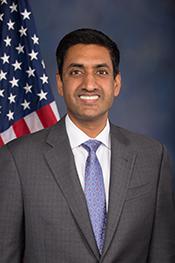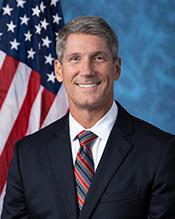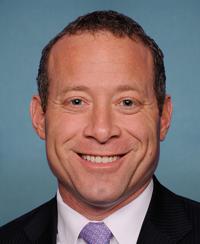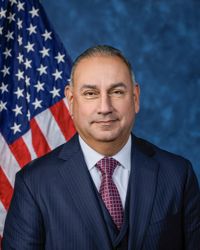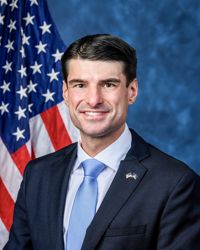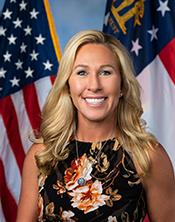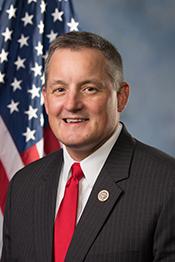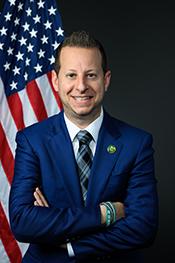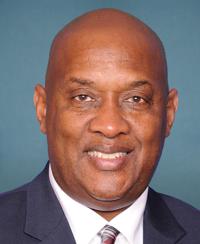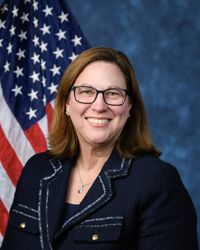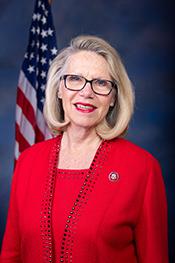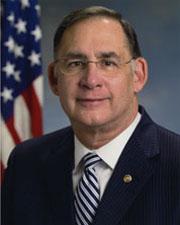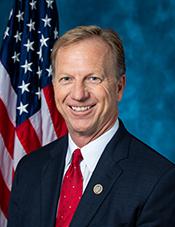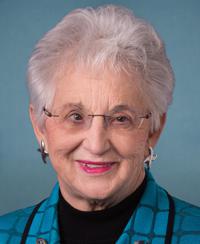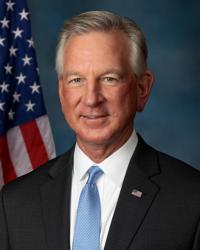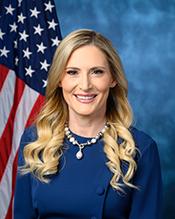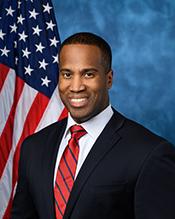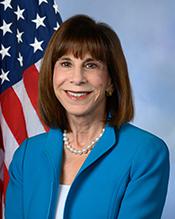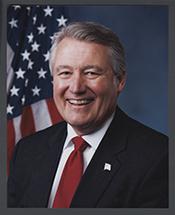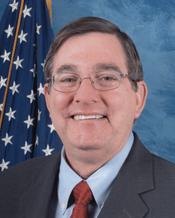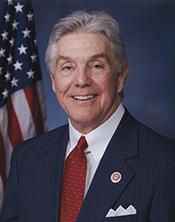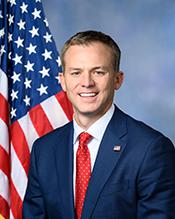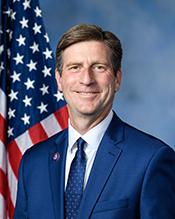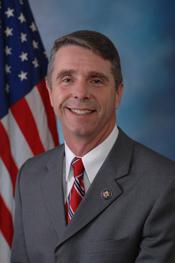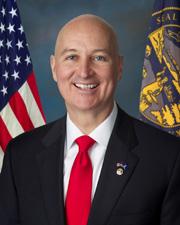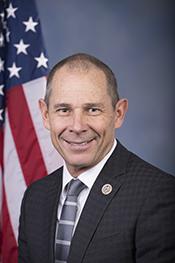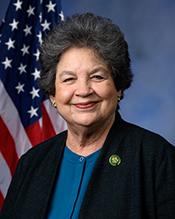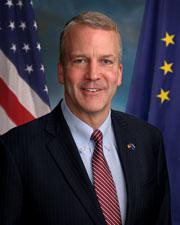S. 2529: To increase the clarity and predictability of the process for developing applications for Rx-to-nonprescription switches.
This bill, known as S. 2529, aims to improve the process for switching certain prescription medications to nonprescription status, making them available for consumers to purchase without a prescription. The bill proposes several key changes to the existing procedures regulated by the Food and Drug Administration (FDA).
Key Provisions
1. Meetings for Application Development
The bill allows individuals or companies planning to submit an application for an Rx-to-nonprescription switch to request a meeting with the FDA. This meeting would help them develop their application by addressing potential public health risks and discussing the necessary evidence and study designs needed to support their application.
2. Guidance for Applicants
Within 18 months of the bill's enactment, the Secretary of Health and Human Services is required to issue guidance to clarify the approval process for nonprescription drugs. This includes:
- How various forms of evidence—such as medical literature, previous safety findings, and significant human experience—can be used to support an application.
- Procedures for requesting and documenting meetings with the FDA during the application process.
- Expectations regarding the evidence needed to demonstrate that consumers can safely use the drug without a prescription.
- Recommendations on using additional consumer information tools, like mobile applications, to aid in understanding the drug's labeling.
3. Stakeholder Engagement Plan
Within one year of the bill's passage, the Secretary must develop a publicly available plan to engage with stakeholders. This plan will outline the considerations for identifying which prescription drugs might be suitable for switching to nonprescription status.
4. Definition of Rx-to-Nonprescription Switch
The bill defines an Rx-to-nonprescription switch as a formal process where a drug that is currently prescription-only can be approved for nonprescription use, either under the same conditions or with additional requirements. It also allows for partial switches, where certain conditions must be followed for nonprescription usage.
5. Report by the Government Accountability Office (GAO)
The bill mandates a report to be submitted by the GAO within one year after enactment. This report will evaluate the following:
- The number of Rx-to-nonprescription applications approved since October 2022.
- The specifics of drugs approved under additional nonprescription conditions.
- The average time taken for application approvals.
- The number of approved partial switches versus those not approved.
- Barriers affecting the application review process.
- Engagement efforts by the FDA with public stakeholders.
- Possible collaborations for analysis of health insurance claims data regarding drugs suitable for switching.
Implications of the Bill
This bill aims to streamline the process for making certain medications available over the counter, which may improve consumer access to medications that were previously prescribed. By setting clear guidelines and requirements, the bill intends to enhance efficiency and transparency in the FDA's review process for these drug switches.
Relevant Companies
- PFE (Pfizer Inc.): Pfizer could be impacted as they have several prescription medications that might be candidates for transitioning to nonprescription status.
- ABBV (AbbVie Inc.): AbbVie, with some of its drugs having established safety profiles, may seek approvals for nonprescription use under this new process.
- JNJ (Johnson & Johnson): As a major pharmaceutical company, J&J could benefit from transitioning some of its medications to nonprescription status.
This is an AI-generated summary of the bill text. There may be mistakes.
Sponsors
2 bill sponsors
Actions
2 actions
| Date | Action |
|---|---|
| Jul. 30, 2025 | Introduced in Senate |
| Jul. 30, 2025 | Read twice and referred to the Committee on Health, Education, Labor, and Pensions. |
Corporate Lobbying
0 companies lobbying
None found.
* Note that there can be significant delays in lobbying disclosures, and our data may be incomplete.
